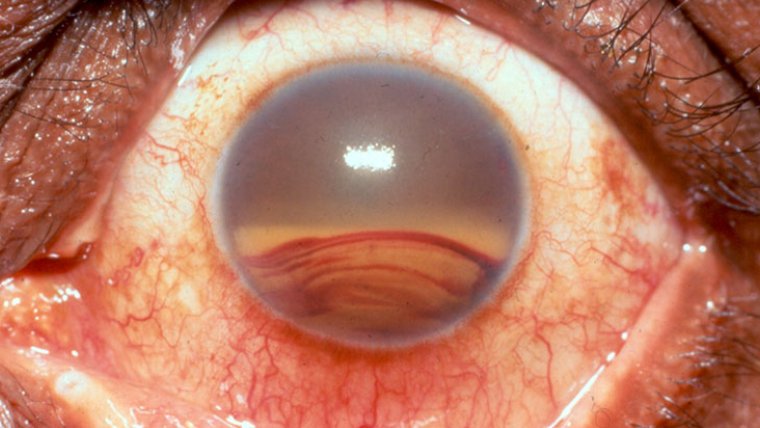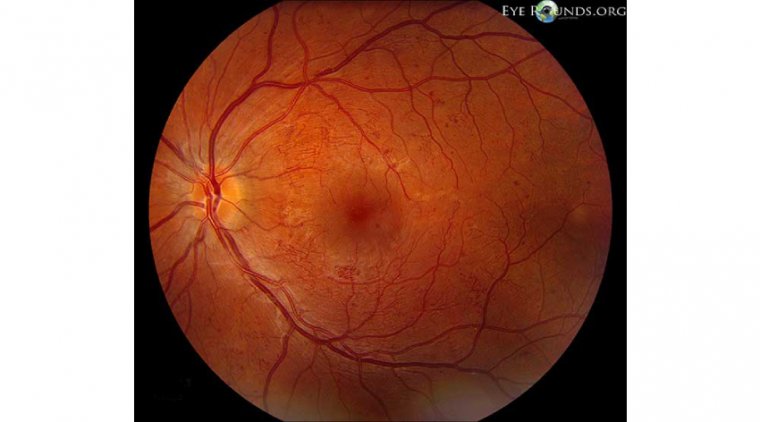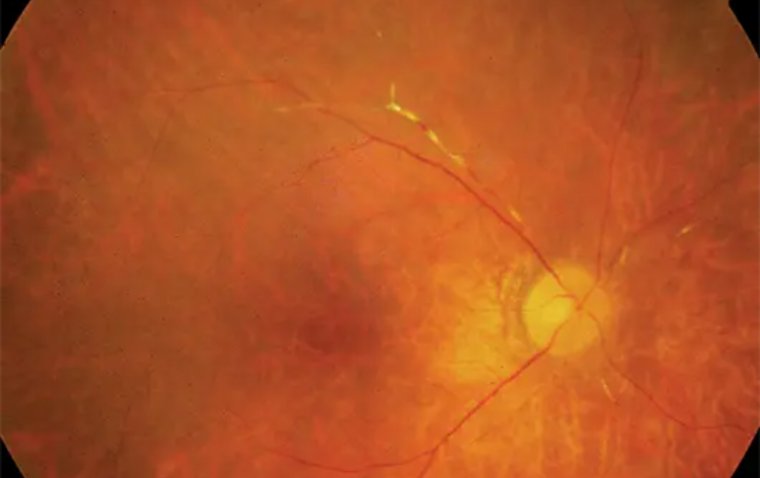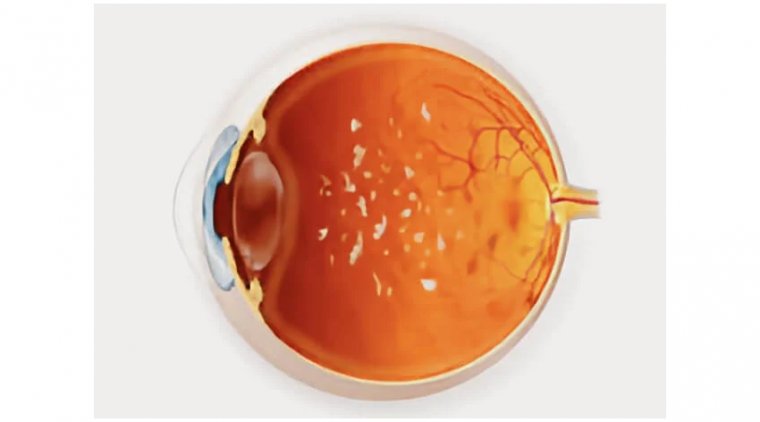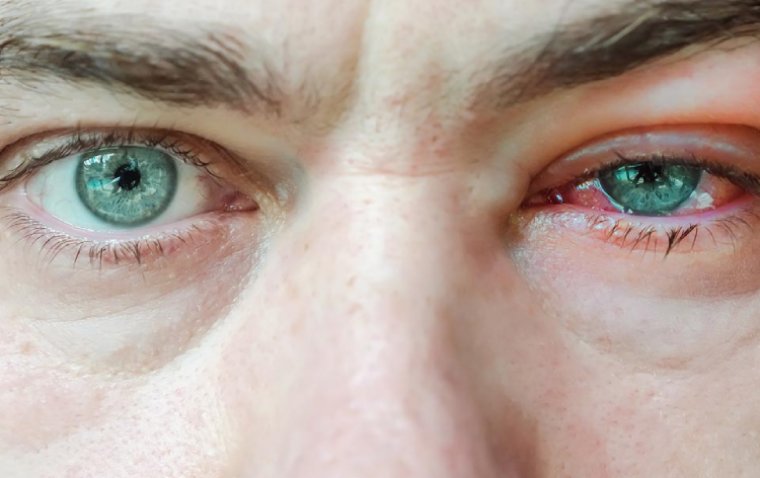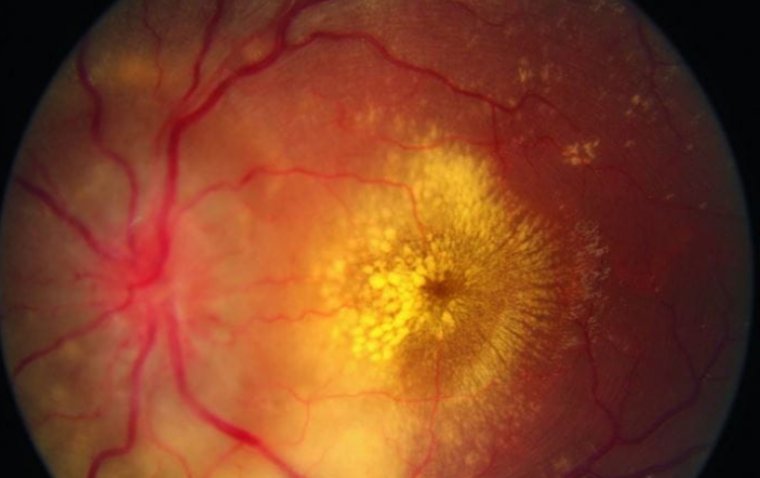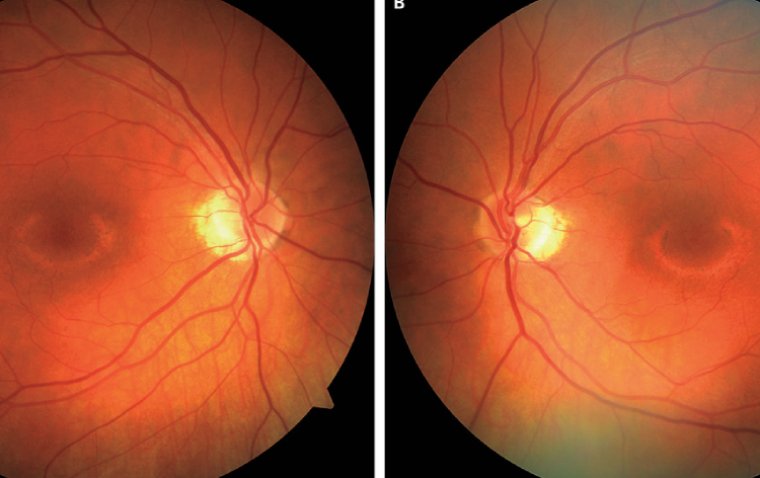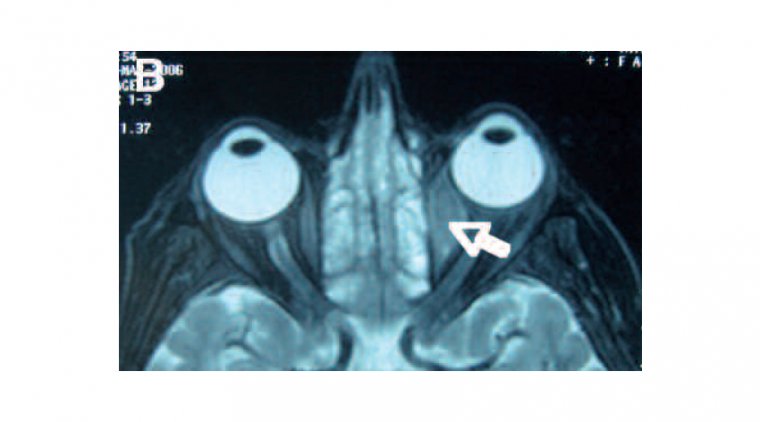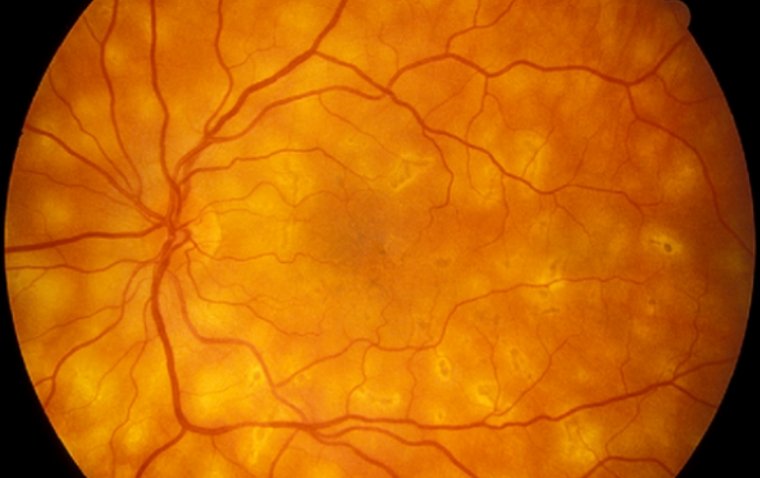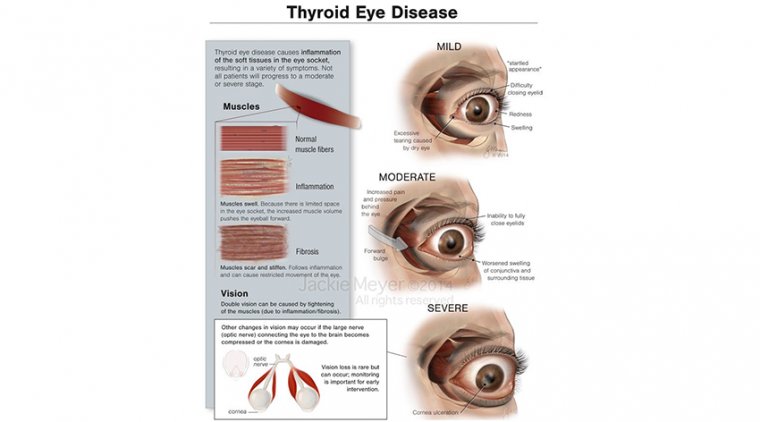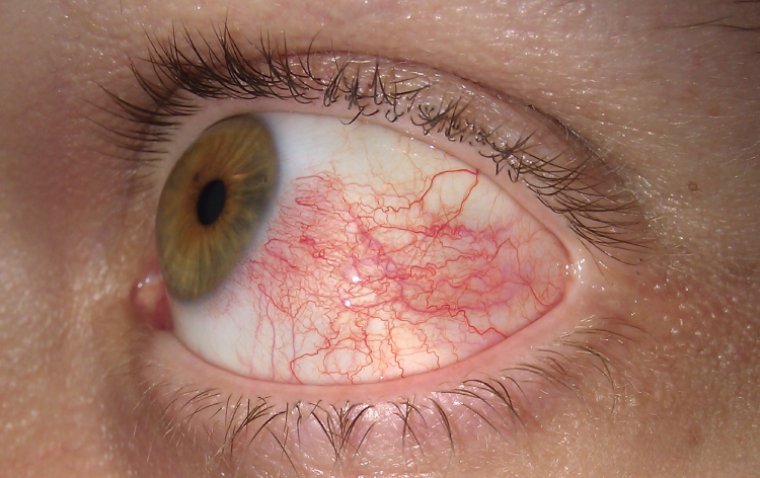
Conjunctival Hyperemia: Causes, Complications, and Solutions
What is Conjunctival Hyperemia?
Conjunctival hyperemia is the medical term for an excessive dilatation or engorgement of the conjunctival blood vessels. This results in a visible reddening of the white portion of the eye, known as the sclera. In layman's terms, it is often referred to as "bloodshot" or "red" eyes. The blood vessels may appear larger and more prominent, leading to a distinct change in eye color from white to pink or red. This condition can occur unilaterally, affecting just one eye, or bilaterally, affecting both eyes.
Significance in Eye Health
While a case of conjunctival hyperemia might sometimes be dismissed as mere eye redness, it can be an indicator of underlying issues that require medical attention. Conditions ranging from dry eyes and allergies to more severe issues like glaucoma or ocular inflammation could present with conjunctival hyperemia as a symptom. Thus, it serves as a crucial signpost for eye health.
Prevalence and Impact
Conjunctival hyperemia is quite common and can affect individuals of all ages. It is one of the most frequent complaints leading people to seek ophthalmic consultation. While the condition itself is often more of a symptom than a disease, its impact should not be underestimated. Persistent or recurrent conjunctival hyperemia can significantly affect an individual's quality of life, leading to discomfort, visual disturbances, or even more severe complications if left untreated.
Ocular Hyperemia vs Conjunctival Hyperemia
Both ocular hyperemia and conjunctival hyperemia refer to a red or "bloodshot" appearance of the eyes, but they are not synonymous terms.
● Ocular Hyperemia: This is a more general term that describes the redness of the eye due to dilated or engorged blood vessels. It can be seen in various parts of the eye, including the conjunctiva, the cornea, and even the eyelids.
● Conjunctival Hyperemia: This term is specific to the redness seen in the conjunctiva, which is the transparent membrane covering the white part of the eye and lining the inner eyelids.
Key Differences
1. Location:
● Ocular hyperemia can occur in multiple parts of the eye.
● Conjunctival hyperemia is specifically localized to the conjunctiva.
2. Causes:
● Ocular hyperemia may be due to a broader range of causes, including issues with the cornea, elevated intraocular pressure, or eyelid disorders.
● Conjunctival hyperemia is primarily linked to inflammation, irritation, or infection of the conjunctiva itself.
3. Presentation:
● Ocular hyperemia may come with additional symptoms related to other parts of the eye, such as corneal haze or eyelid swelling.
● Conjunctival hyperemia usually presents with redness and possibly discomfort or discharge but is unlikely to involve corneal or eyelid symptoms unless it is part of a broader ocular issue.
4. Treatment:
● Ocular hyperemia may require a more comprehensive approach to treatment, targeting the specific part of the eye that is affected.
● Conjunctival hyperemia is often treated with antihistamines, lubricants, or anti-inflammatory eye drops, depending on the cause.
Conjunctival Hyperemia Causes
1. Allergies: Allergic reactions to pollen, dust, animal dander, or certain eye drops can cause conjunctival hyperemia. Allergies trigger the release of histamine, leading to inflammation and redness in the eyes.
2. Infections: Conjunctivitis, caused by viral or bacterial infections, often presents with conjunctival hyperemia as a primary symptom. Other symptoms may include itching, burning, and discharge.
3. Dry Eyes: A lack of sufficient lubrication and moisture on the eye's surface can lead to irritation and redness. Dry eye syndrome can be exacerbated by factors like air conditioning, low humidity, and certain medications.
4. Environmental Factors: Exposure to smoke, dust, and pollutants can irritate the eyes, leading to conjunctival hyperemia. Even chlorine in swimming pools can cause temporary redness.
5. Contact Lens Wear: Poor hygiene or extended wear of contact lenses can irritate the conjunctiva, leading to redness.
6. Ocular Surface Disease: Conditions like blepharitis and meibomian gland dysfunction can contribute to conjunctival hyperemia.
Symptoms of Conjunctival Hyperemia
Typical Symptoms
● Redness: The most obvious symptom is the reddening of the white part of the eye (sclera). This can range from a mild pink hue to a more intense red, depending on the severity of the condition.
● Itchiness: Patients often report a sensation of itchiness, which can be exacerbated by rubbing the eyes.
● Discomfort: A sensation of grittiness, burning, or general irritation can accompany conjunctival hyperemia. This discomfort can make it difficult to focus on tasks and may interfere with day-to-day activities.
● Tearing: Excessive tear production is another symptom that might be present, especially if the hyperemia is caused by allergies or environmental irritants.
● Photophobia: Some people may experience sensitivity to light, although this symptom is less common and may indicate a more serious underlying issue.
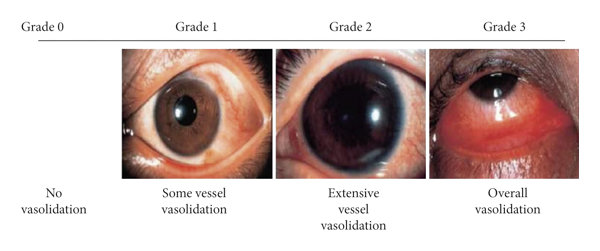
Credit: Research Gate
How to Diagnose Conjunctival Hyperemia
Healthcare professionals usually diagnose conjunctival hyperemia through a clinical evaluation that may include the following:
1. Visual Inspection: The eye is examined for redness, swelling, and other signs of inflammation using a slit-lamp microscope.
2. Patient History: A thorough review of the patient’s medical history, including any recent exposure to allergens or irritants, is critical for diagnosis.
3. Conjunctival Smear: In some cases, a sample of conjunctival cells may be taken for microscopic examination to rule out bacterial or viral infections.
4. Additional Testing: Further tests like tear film evaluation may be conducted if dry eyes are suspected to be the cause.
How to Treat Conjunctival Hyperemia
● Over-The-Counter Eye Drops: Artificial tears or lubricating eye drops can help relieve the symptoms of dry eyes, which is a common cause of conjunctival hyperemia. Antihistamine eye drops may be recommended for allergic reactions.
● Prescription Medications: Depending on the underlying cause, healthcare providers may prescribe anti-inflammatory eye drops, antibiotics, or antiviral medications. Steroid eye drops might also be considered but are generally reserved for severe cases due to potential side effects.
● Cold or Warm Compress: A cold compress can help alleviate symptoms caused by allergies, while a warm compress may be more effective for cases related to dry eyes or infections.
● Lifestyle Changes: Quitting smoking, reducing screen time, and avoiding irritants like excessive wind or sun can all contribute to improved eye health and reduced symptoms.
● Allergen Avoidance: If allergies are the cause, identifying and avoiding the specific allergen is crucial. This may involve changes in your home environment or avoiding certain outdoor settings.
Importance of Professional Consultation
It's essential to consult a healthcare professional for a proper diagnosis and treatment plan tailored to your needs. Self-treatment without a proper diagnosis can exacerbate the condition or lead to complications. In some cases, the symptoms may signify a more serious underlying condition that requires immediate attention.
Prevention and Lifestyle Tips
Avoid Allergens: If you know you're allergic to certain substances like pollen, dust, or pet dander, take steps to avoid exposure. This might mean keeping windows closed during high-pollen seasons or using air purifiers indoors.
Screen Time Breaks: Prolonged screen time can lead to eye strain and dryness, both of which can cause or exacerbate conjunctival hyperemia. Follow the 20-20-20 rule: every 20 minutes, look at something 20 feet away for at least 20 seconds.
Eye Protection: In environments with harsh elements like wind, dust, or chemicals, wearing protective eyewear can help prevent irritation that could lead to conjunctival hyperemia.
Proper Eye Hygiene: Regularly wash your hands and avoid touching your eyes to reduce the risk of infection. If you wear contact lenses, follow all care guidelines and consider switching to glasses temporarily if you experience symptoms.
Humidifier Use: In dry environments, especially during winter, a humidifier can help keep your eyes moisturized, reducing the risk of dry eyes and subsequent conjunctival hyperemia.
Avoid Smoking and Smoke Exposure: Both first-hand and second-hand smoke can irritate the eyes and contribute to redness and discomfort.
Stay Hydrated: Drinking enough water is beneficial for overall health, including eye health. Proper hydration can help keep your eyes lubricated.
Regular Eye Check-ups: For individuals at risk, such as those with recurring eye issues or chronic health conditions that can affect the eyes, regular check-ups can help in early diagnosis and management.
When to Seek Medical Help
Conjunctival hyperemia can often be self-limiting and resolve on its own with appropriate home care. However, there are situations where professional medical evaluation and treatment are necessary:
● Persistent Symptoms: If you've tried over-the-counter treatments and lifestyle changes but see no improvement after a reasonable period (usually a week or two), it's time to consult a healthcare professional.
● Increasing Severity: If the redness, itchiness, or discomfort intensifies, it's advisable to seek medical help promptly to rule out more serious conditions or complications.
● Additional Symptoms: Appearance of other symptoms like pain, blurred vision, sensitivity to light, or discharge from the eye warrants immediate medical attention.
● Pre-existing Conditions: Individuals with chronic health issues such as autoimmune diseases or those on medications that could affect eye health should consult a doctor even for mild symptoms.
● Failure of Over-the-Counter Treatments: If you've used over-the-counter eye drops or other treatments that usually work for you but aren't effective this time, consult a healthcare professional for a more accurate diagnosis and appropriate treatment.
● Contact Lens Wearers: Those who wear contact lenses have a higher risk of eye infections and should consult a healthcare provider at the earliest sign of conjunctival hyperemia.
● Frequent Recurrence: If you experience frequent bouts of conjunctival hyperemia, a medical evaluation can help identify the underlying cause and provide a long-term treatment strategy.
Summary
Conjunctival hyperemia is a common but often misunderstood eye condition characterized by the redness and dilation of blood vessels in the conjunctiva. While it may be a symptom of various underlying causes, ranging from allergies and infections to environmental irritants and prolonged screen time, proper diagnosis and treatment are crucial for effective management.
We've explored how conjunctival hyperemia differs from ocular hyperemia and delved into its common causes and symptoms. Various treatment options exist, from over-the-counter eye drops to prescription medications, but it's important to consult a healthcare professional for a personalized treatment plan. Preventative measures can include avoiding allergens, moderating screen time, and using eye protection in certain environments.
The key takeaway is that while some cases of conjunctival hyperemia may resolve on their own, persistent or severe symptoms should never be ignored. Early diagnosis and appropriate treatment are essential in preventing complications and maintaining good eye health.
(1).jpg)
